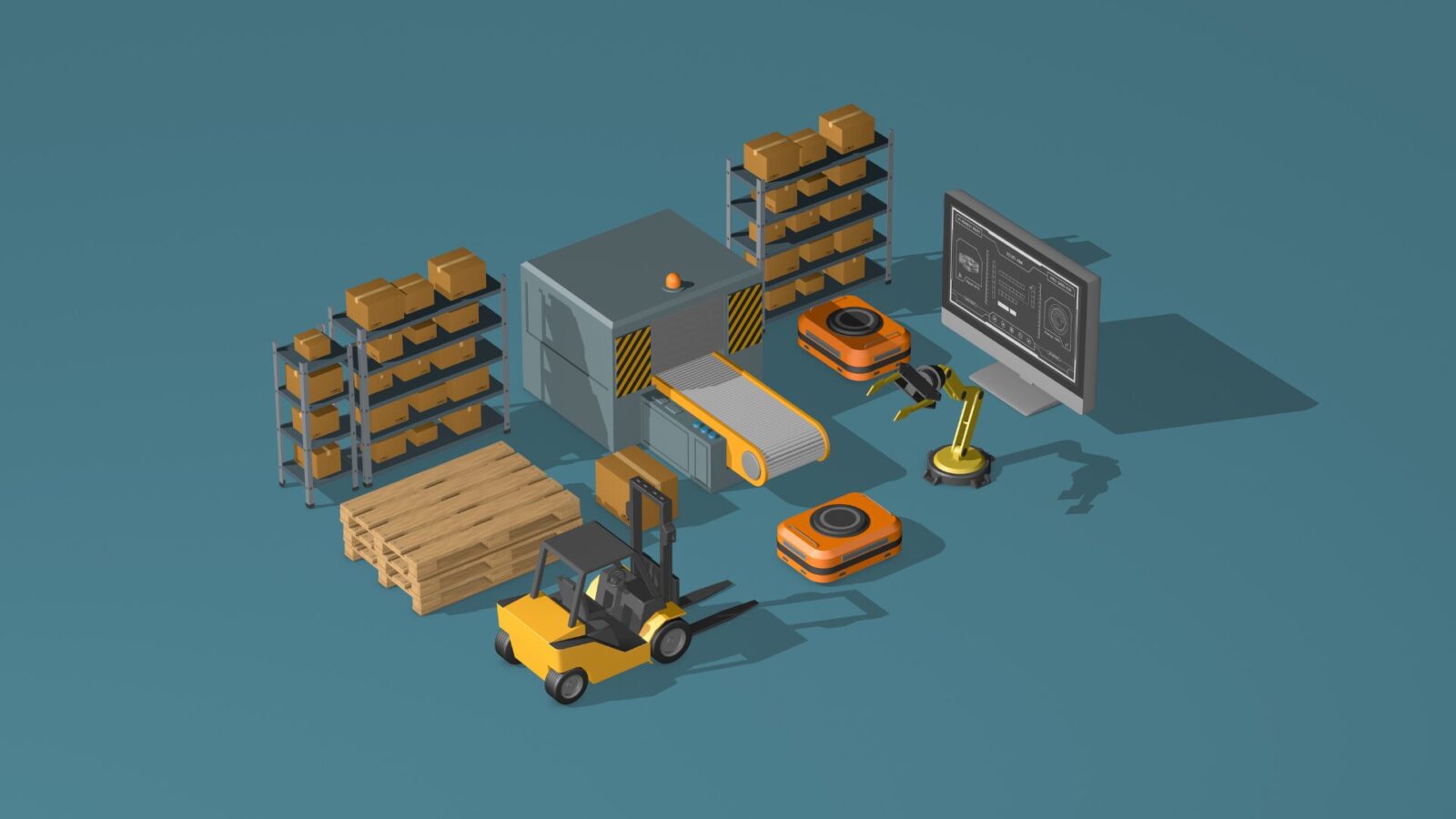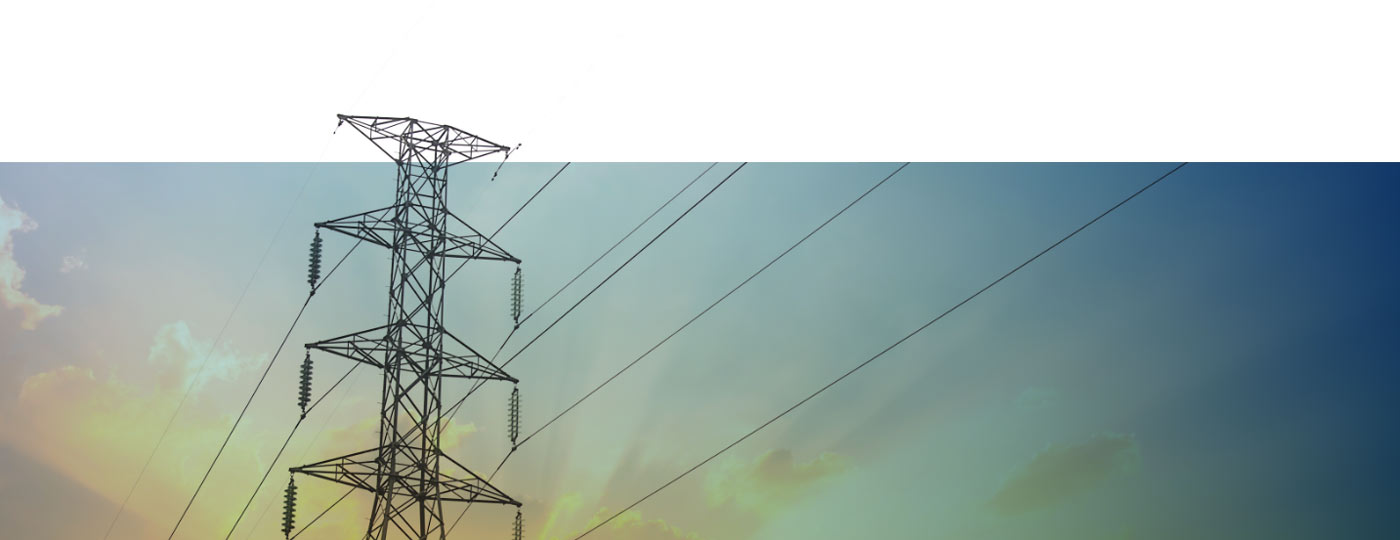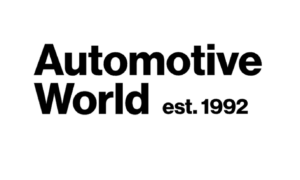
In an era where change is happening rapidly, there undoubtedly exists some anxiety about where we get our commercial goods from and if we can be sure we can get them when we need them. For industries critical to national goals, be it security or meeting climate reduction targets, we are seeing countries taking action to decouple their supply chains to take back control and reduce exposure to interruptions. One of those industries governments are anxious about is the batteries that go in electric vehicles, energy storage systems, military equipment, and many more devices of the 21st century.
When the Risks Outweigh the Benefits
The imperative to build new, diverse supply chains comes as risks or tensions are identified in the global supply chain. In the context of battery manufacturing, particularly for lithium-ion batteries, risks have become clearer in recent years.
For one, it has become clear that companies based in Asia have significant influence over practically every aspect of the battery supply chain, from sourcing to refining to manufacturing. As the recent COVID-19 pandemic revealed, the disruption of highly concentrated supply chains can lead to significant shortages and other downstream effects in a globalized market. Western countries are now pushing to re-shore manufacturing of everything from batteries and semiconductors to steel and other building materials.
Another area of concern are the environmental and human impacts of lithium-ion battery manufacturing, which have been subject to scrutiny due to how problematic they are. Lithium mining comes at the cost of clearing landscapes and using unbelievable amounts of fresh water, directly impacting nearby communities that rely on it. Another input of lithium-ion batteries, cobalt, is primarily sourced from the Democratic Republic of Congo (DRC), which is fraught with political turbulence and human rights issues. Mining and refining for another material, nickel, is incredibly energy intensive and causes local pollution leading to health hazards for workers and communities, which are not desirable features of a clean energy future.
What is the World Doing About It?
In response to the ongoing issues, the United States, EU, Canada, and other countries have enacted measures to prop up elements of domestic and diversified supply chains, with others under consideration. Some of the landmark policies around this include:
US Bipartisan Infrastructure Law: Passed in 2021, this act allocated nearly $7 billion to develop a robust US battery supply chain for electric vehicles (EVs) and energy storage, de-risking critical sectors like transportation and energy.
US Inflation Reduction Act: This 2022 law incentivized consumers with a $7,500 tax credit for new EV purchases, specifically excluding vehicles containing battery components produced by foreign entities of concern (FEOCs). The Biden administration has a plan to gradually increase these restrictions through 2027. The act also grants 10 years’ worth of tax credits for the domestic manufacturing of battery cells and modules.
US CHIPS and Science Act: This $50 billion act aims to reshore production of high-tech equipment by funding American semiconductor research, development, and production.
EU Net Zero Industry Act: The Net Zero Industry Act (NZIA) sets a benchmark for European manufacturers to produce 40% of the EU’s annual needs of clean tech products, such as solar and wind power systems, battery storage and fuel cells, by 2030.
Canada Critical Minerals Infrastructure Fund: The 2023 government fund of $1.5 billion over seven years will support the development of strategic infrastructure projects that will enable the acceleration of Canada’s critical minerals production and reinforce associated supply chains.
India Production Linked Incentive (PLI) Schemes: In 2021, the Indian government introduced PLI schemes to promote domestic manufacturing of EVs and their components. An automative PLI scheme supports the manufacturing of advanced automotive technologies, and another PLI scheme specifically targets the manufacturing of advanced chemistry cell (ACC) batteries, aiming to reduce battery costs and, consequently, EV costs
Benefits of Developing New Battery Supply Chains
There are many reasons that a government would want to establish more control over supply chains beyond reducing exposure. Some of the benefits of taking such actions include:
Boosts Supply Chain Resiliency
Diversifying supply chains means increasing sourcing options for critical materials. In case of further geopolitical tensions or natural disasters, this reduces the risk of crucial supply disruptions. Sourcing from multiple countries also breeds a competitive pricing environment and fosters collaboration with free trade partners to ensure a robust and adaptable supply chain.
Creates New Jobs
Diversifying supply chains requires investing in industries like mining, EV manufacturing, and research and development. This can revitalize domestic industry, foster innovation, and provide employment opportunities across various sectors of the battery supply chain. Creating these jobs within a country’s borders also allows better oversight and more ethical working conditions.
Reduces Emissions
Sourcing materials and building batteries closer to end users reduces not only freight costs but also carbon footprints. Localized production and shorter supply chains mean fewer emissions associated with transporting materials and components across long distances. Reshoring supply chains also provides companies with greater control over manufacturing facilities so they can create leaner, more efficient production processes that reduce overall emissions.
Strengthens Security
Batteries are positioned to play a major role in the power grid of the next generation. To that end, it makes sense that a country would want to secure its own supply of batteries and related equipment as energy infrastructure is intertwined with energy security.
New Battery Chemistries Encourage Diversity
If we continue to rely solely on lithium-ion batteries, many countries could still come up short on their energy security goals. The reality is that some materials are only available in certain parts of the world, and in the US and EU, it can take 5 – 10 years for a new mining project to go through permitting to production.
Shifting to new battery chemistries that leverage materials already sourced in quantity around the world is one way to promote supply chain diversity. For example, Alsym’s revolutionary new technology uses materials that are readily available in North and South America, Australia, and Africa, as opposed to the critical minerals in lithium-ion batteries.
Alsym batteries can also be made in existing lithium-ion factories, which means lower costs of reshoring production and faster progress for de-risking the battery industry. These reduced barriers allow companies to scale up domestic production quickly and strengthen national security before it’s too late.
We’re working to make low-cost, non-flammable batteries available to all. Learn how our battery technology can boost economic self-sufficiency and power the renewable energy world.




